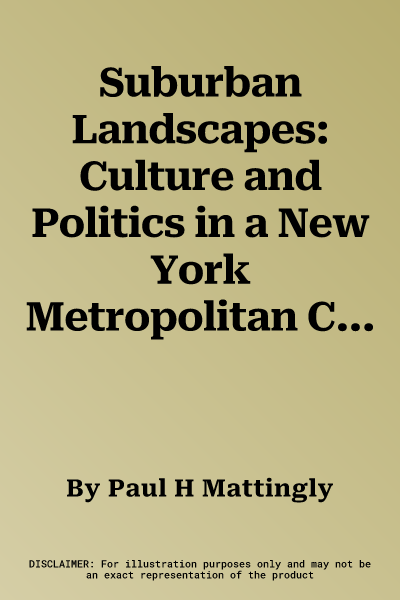Certificate of Commendation from the American Association for State and
Local History
Most Americans today live in the suburbs. Yet suburban voices remain
largely unheard in sociological and cultural studies of these same
communities. In Suburban Landscapes: Culture and Politics in a New York
Metropolitan Community, Paul Mattingly provides a new model for
understanding suburban development through his narrative history of
Leonia, New Jersey, an early commuter suburb of New York City.
Although Leonia is a relatively small suburb, a study of this kind has
national significance because most of America's suburbs began as rural
communities, with histories that predated the arrival of commuters and
real estate developers. Examining the dynamics of community cultural
formation, Mattingly contests the prevailing urban and suburban
dichotomy. In doing so, he offers a respite from journalistic cliches
and scholarly bias about the American suburb, providing instead an
insightful, nuanced look at the integrative history of a region.
Mattingly examines Leonia's politics and culture through three eras of
growth and change (1859-94, 1894-1920, and 1920-60). A major part of
Leonia's history, Mattingly reveals, was its role as an attractive
community for artists and writers, many contributors to national
magazines, who created a 'suburban' aesthetic. The work done by
generations of Leonias' artists provides an important vantage and a
wonderful set of tools for exploring evolving notions of suburban
culture and landscape, which have broad implications and applications.
Oral histories, census records, and the extensive work of Leonia's many
artists and writers come together to trace not only the community's
socially diverse history, but to show how residents viewed the growth
and transformation of Leonia as well.

